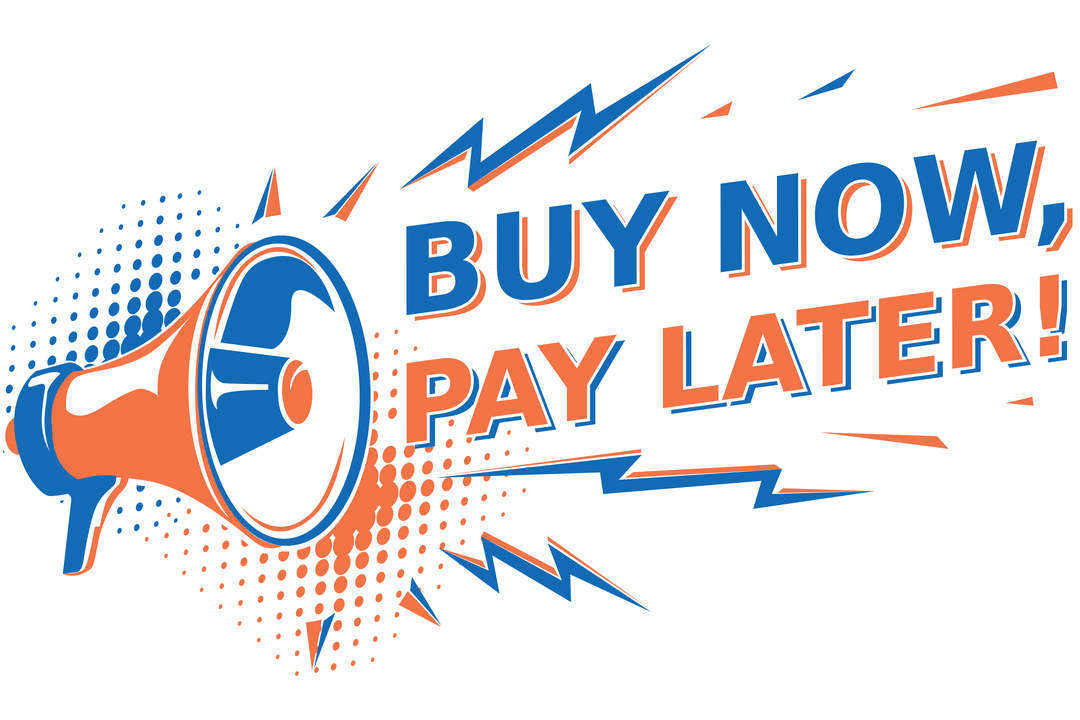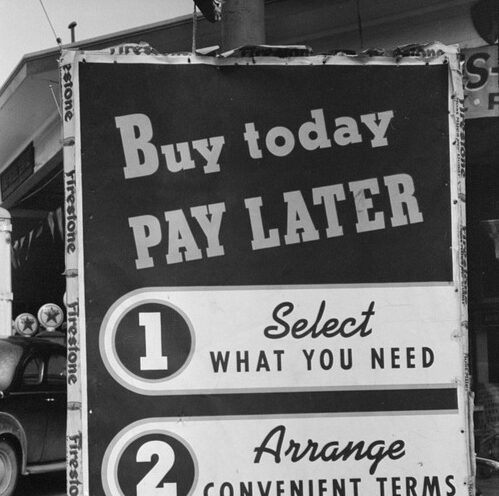In our previous blog (BNPL — The Modern Day Credit Card), we compared buy now pay later to traditional credit cards. We compared the two products and spoke about the different types of buy now pay later offered to customers. But, is buy now pay later all it is made out to be or is it just a flash in the pan?
Global Market
Globally, providers such as Klarna, Afterpay, and Affirm have paved the way for the buy now pay later ecosystem. In 2019, buy now pay later had a global market size of US$7.3 billion. Coherent Market Insights, expected it to grow to US$33.6 billion by 2027 at a CAGR of 21.2%.
While Australia and Sweden were the top markets a few years back, the buy now pay later trend has caught on in the UK and the US.
Worldpay suggests that buy now pay later spending in the UK would rise from £9.6 billion in 2020 to £26.4 billion in 2024. According to Fobes, Americans made $20 billion worth of purchases using BNPL programs in 2019 and will spend $24 billion on products and services using a BNPL service in 2020.
Company
Key Metrics
Afterpay
- Operations in Australia, USA, UK, New Zealand.
- 7.3 Million users.
- Major Market: USA
- Market Cap: $17.7BN
Klarna
- Operations in 15 countries.
- Market Cap: $33BN
Affirm
- Operations in USA & CANADA
- Market Cap: $16.73 Bn
Indian Market
The trends are similar in India. Businesswire expects the buy now pay later payment adoption to grow steadily between 2021 and 2028, recording a CAGR of 24.2%. It expects the gross merchandise value in India to increase from US$ 6.990.5 million in 2020 to US$ 52827.2 million by 2028.
Buy now pay later is offered by multiple companies in India. LazyPay, ZestMoney, and Simpl are few of the pure buy now pay later companies. Other e-commerce companies such as Amazon and Flipkart, wallet providers such as Paytm and Mobikwik, banks such as ICICI and HDFC, and payment gateways such as Razorpay offer this as an option to their customers.
Company
Key Metrics
LAZYPAY (PayU)
- 4 million active users.
- 2 million transactions per month (December 2020).
- 250+ merchant base.
ZestMoney
- 6 million registered users in (February 2020).
- Average transaction: Rs. 12,000/-
- Tie-up with 15,000+ merchants.
Flipkart PayLater
- 65 million existing Flipkart users.
- Active on Flipkart, Myntra and 2Gud.
- Focuses on customers tier 2 and tier 3 cities.
Paytm Postpaid
- 7 million users (November 2020).
- Tie-up with 5 lakh+ merchants.
ICICI PayLater
- Available only to ICICI Bank customers on ICICI platforms such as Pockets, iMobile App, and their bank website.
- Default payment option Razorpay buy now pay later customers.
Bajaj Finserv
- Available all over India.
- Available in offline and online stores.
- 8000+ stores online stores
- 1 lakh+ offline stores in 1900+ cities
PineLabs
- Provides buy now pay later via POS machines
- Has 95% of the offline buy now pay later market share.
- 30 million users.
- Tie-up with 1.5 lakh merchants.
Here to Stay
Buy now pay later is an attractive offering from financial institutions. In 2020, buy now pay later accounted for 2.1% of ecommerce transactions worldwide, according to Worldpay. This number is expected to double by 2024.
In India, buy now pay later grew over 30% in 2019. According to a survey conducted by ZestMoney in 2020, 60% of women surveyed said they would use buy now pay later and 51% said they prefer it over credit cards.

